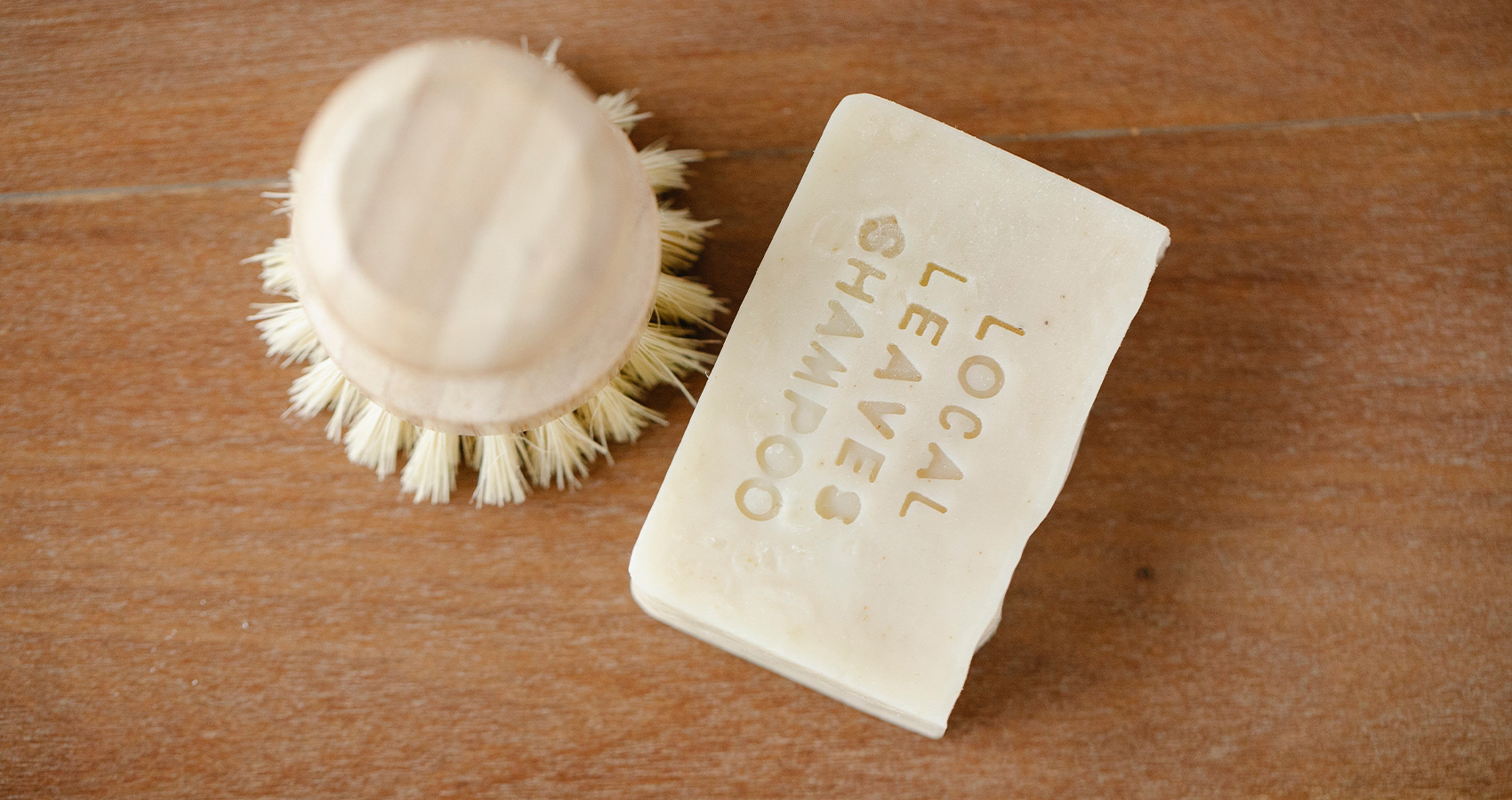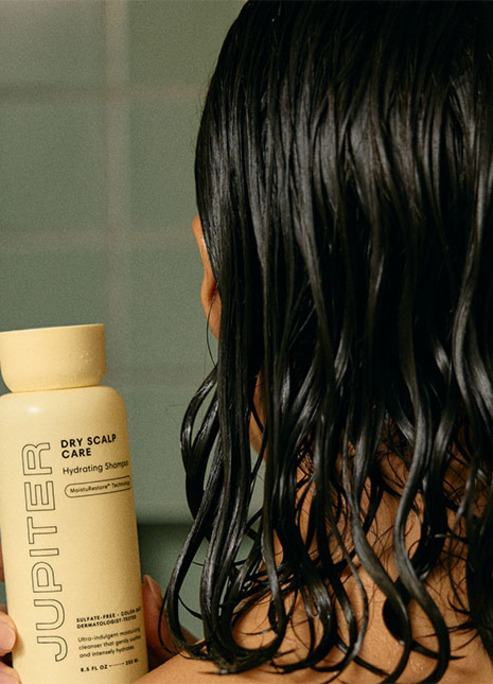
Solid Cosmetics Are The Next Step In Sustainable Beauty
They are here to stay.
Shampoo, moisturizer, perfume, toothpaste… most cosmetics come in a liquid or cream form. However, there's been a noticeable shift. Blame it on ecological awareness, minimalism, or curiosity, but consumers' interest in solid products is booming.
As a result, solid cosmetics are populating drugstores, supermarket racks, and online marketplaces. Discover everything there is to know about these products and why they are so popular.
1. What are solid cosmetics?
Solid cosmetics are care products made of little to no watery ingredients. They come in compact or powder form versions (think stick, cube, or pebbles) and can be sold without packaging.
From make-up removers and soaps to shampoo, most products in your bathroom are now accessible in solid form.
2. The advantages of solid cosmetics
Convenient to carry, fuss-free, but above all presented as sustainable, solid cosmetics have everything to please. They appeal to consumers concerned about their consumption habits' environmental impact.
- Simplified formulas:
Yes, water is life. But it's also bacteria's preferred setting. Unfortunately, many shampoos, creams, or shower gels contain as much as 70 % water. Hence, manufacturers add preservatives to the active formulas to avoid bacterial contamination.
On the other hand, solid products offer a cleaner alternative due to their waterless composition. Indeed, without water, the microbial risk is almost nonexistent, thus removing the need for preservatives.
- Potent ingredients
Generic formulas rely primarily on purified water, an inert ingredient. As a result, most products only contain a low percentage (10 to 15%) of truly active ingredients.
On the other hand, solid or powdered products focus on the essentials, namely the ingredients required for their function and effectiveness. Furthermore, some active ingredients highly unstable in water-based solutions perform significantly better in anhydrous, powder-type formulations—for instance, vitamin c or retinol.
- Convenient
Above all, solid cosmetics fit a functional and nomadic lifestyle. For example, when traveling, a moisturizing stick can easily replace a cumbersome lotion bottle. Furthermore, there's no chance of a container accidentally opening and spilling over your prized belongings. We've all been there.
- Objective zero waste
Solid cosmetics require less packaging than traditional cosmetics. They can be sold "raw" with recycled paper or bio-sourced packaging. So exit the usual plastic containers!
- Budget-savvy
Solid cosmetics have a longer shelf life (about 2 to 3 times more than a liquid format). They also give you more bang for your buck. For instance, you get three times more washes with a solid shampoo.
3. How to use solid products
To use a solid cosmetic product, the first step is to moisten the application areas. Next, rub the solid cosmetic on the wet body part to activate it.
Solid products are readily available in specialized stores, local drugstores, and beauty shops. Dabble in the trend with this perfume from Diptyque or this minty soap from Lush.
Up next, Are LED Face Masks Worth The Hype?











